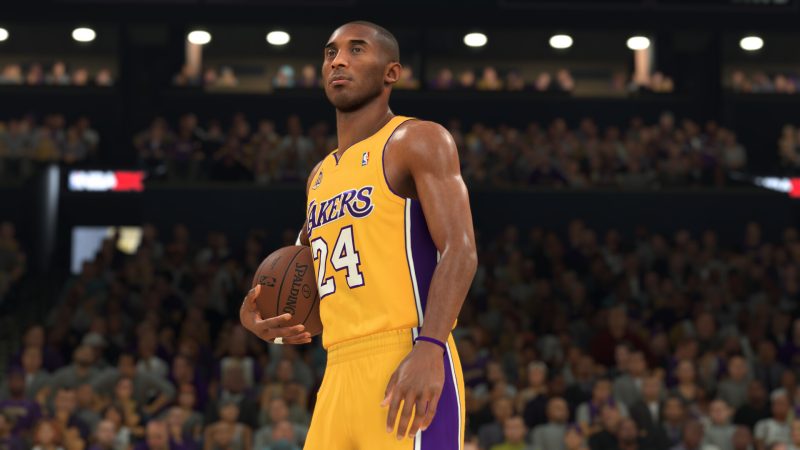The debate between digital and physical game formats continues to be a topic of discussion among developers, publishers, and players alike. Amidst rumors and speculations about the future of physical games, particularly with the advent of digital platforms and cloud gaming, Take-Two CEO Strauss Zelnick has recently shed light on his stance regarding the relevance and importance of physical games in today’s market.
Zelnick, in a conversation with IGN ahead of Take-Two’s Q3 earnings release, addressed the publication’s various questions about the gaming industry’s future, including the viability and necessity of physical games.
The CEO reaffirmed his belief in the enduring value of physical games, emphasizing that Take-Two aims to meet consumers wherever they are, whether in digital or physical realms. His pragmatic approach to game distribution is clear: “We’ll be where the consumer is,” Zelnick stated.

Despite Take-Two reporting that 95% of its net bookings last quarter were digital, Zelnick highlighted the ongoing relevance of physical games in the marketplace. He compared the situation to the recorded music industry, which still sees a market for vinyl records and CDs despite the dominance of streaming services.
Zelnick also touched upon the logistics and economics of producing physical games, noting that the costs associated with mastering for physical distribution aren’t prohibitive, as long as inventory is managed properly. This perspective reveals an understanding of the nuanced challenges and opportunities that come with physical game production in the modern era, which contrasts starkly with the cartridge-based distribution systems of the past.
Take-Two’s recent financial performance, with net bookings of $1.34 billion last quarter, it’s reflective of the company’s successful navigation of the digital-first landscape while still in acknowledgement of the place physical games have among modern audiences. Titles like Grand Theft Auto 5 and NBA 2K24 continue to perform well, both in digital and physical formats, illustrating the diverse consumer preferences that Take-Two caters to.
The discussion around physical versus digital games continues to remain as relevant as ever. While digital distribution offers convenience and accessibility, physical games offer several advantages like tangibility, collectibility, and a sense of ownership that digital formats cannot replicate. Zelnick’s comments highlight a balanced view of this landscape, recognizing the importance of catering to all preferences.
With the industry at a crossroads, Take-Two’s approach under Zelnick’s leadership suggests a path forward that respects the legacy of physical games while embracing the opportunities presented by digital technologies. As consumers continue to navigate their preferences in a changing market, the availability of both digital and physical options ensures that all gamers can engage with their favorite titles in the manner that suits them best.

